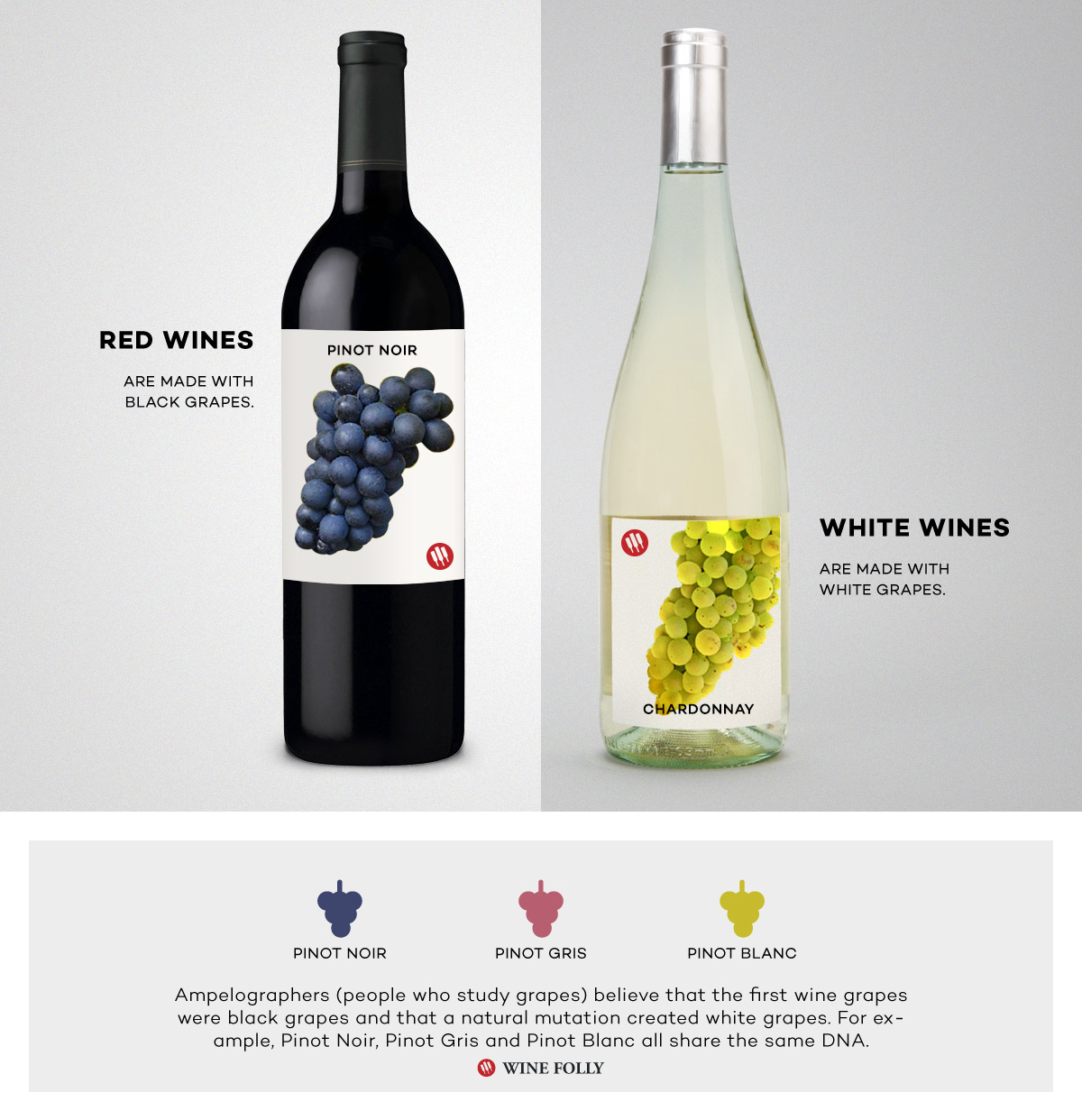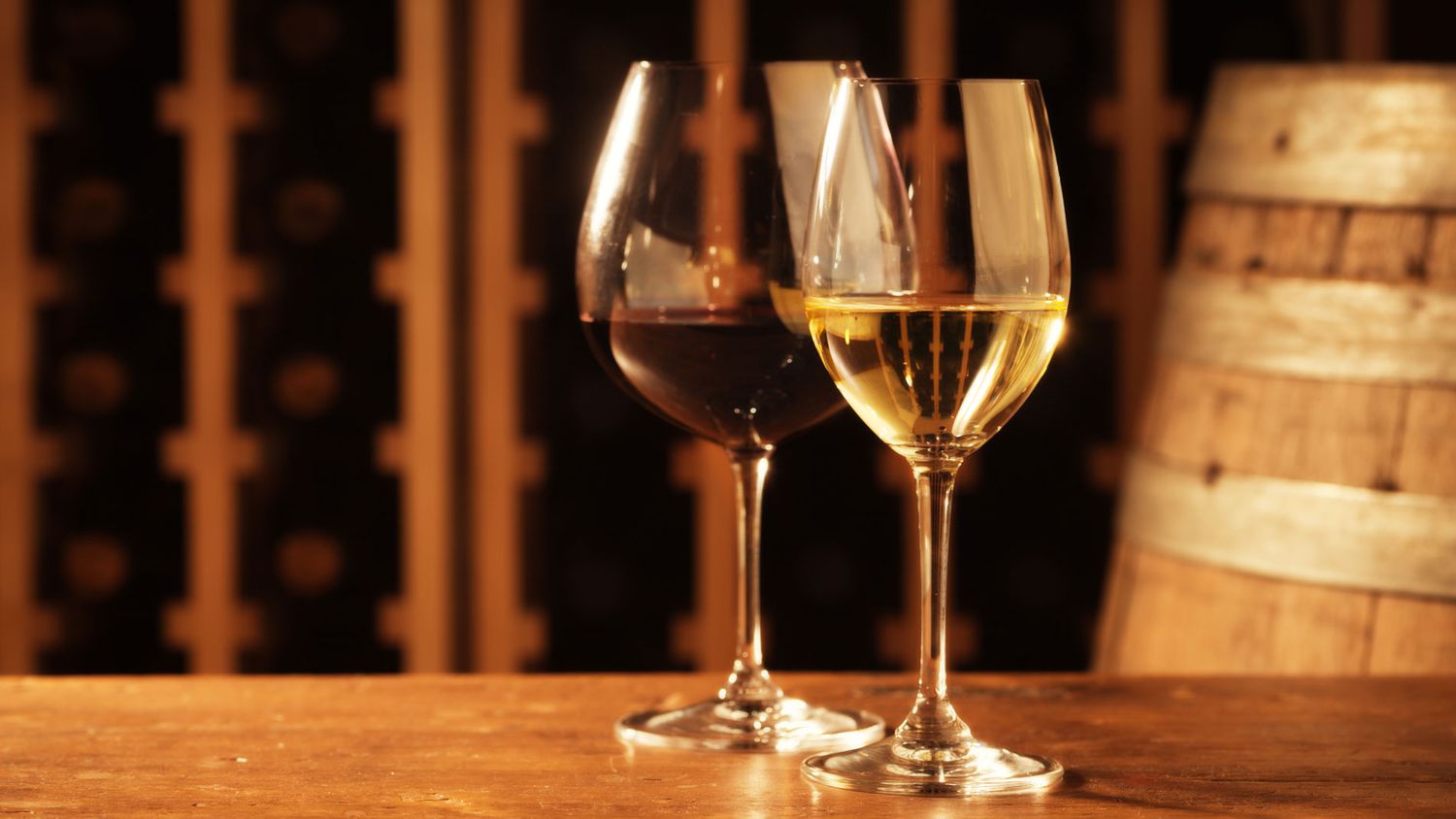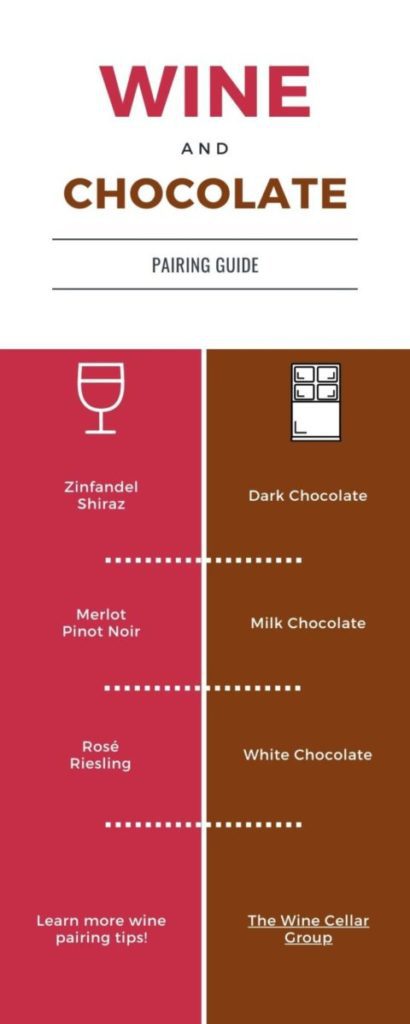White Wine Varietals

White wine varietals encompass a diverse range of grapes, each offering its own unique characteristics and flavors. From the crisp and refreshing Sauvignon Blanc, with its vibrant citrus and tropical fruit notes, to the rich and creamy Chardonnay, with its buttery and vanilla undertones, white wine varietals cater to a variety of palates. Other popular white wine varietals include Riesling, known for its aromatic floral and fruity profile, and Pinot Grigio, celebrated for its light and crisp nature. Whether you prefer a bone-dry white or a slightly sweet one, there is a white wine varietal to suit every occasion.
White Wine: Characteristics And Flavors
White wines are renowned for their distinctive characteristics and flavors. They are known for being crisp, light, and refreshing, making them a popular choice for those seeking a lighter wine experience. White wines often exhibit vibrant citrus flavors, such as lemon, lime, and grapefruit. They can also offer fruity notes of green apple, pear, and tropical fruits like pineapple and mango. Additionally, white wines can have floral aromas, adding an extra layer of complexity to their flavor profile. Whether you prefer zesty Sauvignon Blanc or buttery Chardonnay, white wines offer a diverse range of tastes to explore. .
Popular White Wine Varietals
Popular white wine varietals encompass a wide range of options to suit various tastes and preferences. Chardonnay is one of the most well-known and versatile white wines, offering flavors ranging from crisp and citrusy to rich and buttery. Sauvignon Blanc is celebrated for its vibrant acidity and herbal undertones, often showcasing notes of grapefruit and grass. Riesling, with its characteristic sweetness and acidity, presents a delightful balance that pairs well with a variety of dishes. Other popular white wine varietals include Pinot Grigio/Pinot Gris, Gewürztraminer, and Moscato, each offering their own distinct flavor profiles and characteristics. Whether you prefer a refreshing, crisp white wine or a complex, aromatic varietal, there is a popular white wine to suit every palate. [3
Red Wine Varietals

Red Wine Varietals:
Red wine varietals offer a wide range of options, each with its own unique characteristics and flavor profiles. Some of the most common red wine varietals include Cabernet Sauvignon, known for its bold flavors of blackcurrant and cedar; Merlot, with its soft and smooth taste of red berries; Pinot Noir, famous for its delicate and nuanced aromas; and Syrah/Shiraz, which often presents notes of black pepper and dark fruit. Other notable red wine varietals include Malbec, Zinfandel, and Sangiovese. With such a diverse selection, there is a red wine varietal to suit every palate and occasion.
Red Wine: Aromas And Tasting Notes
Red wines are known for their complex aromas and rich tasting notes. Each red wine varietal offers its own unique combination of scents and flavors. For example, Cabernet Sauvignon often presents aromas of blackcurrant, cedar, and sometimes even green bell pepper. Merlot is characterized by its velvety texture and flavors of ripe red berries, chocolate, and herbs. Pinot Noir, on the other hand, is known for its delicate and nuanced aromas of cherry, raspberry, and earthy undertones. Syrah/Shiraz can have intense aromas of black pepper, dark fruit, and spices. These distinct aromas and tasting notes contribute to the complexity and enjoyment of red wines.
Common Red Wine Varietals
Common red wine varietals encompass a wide range of options for wine enthusiasts. Some of the most popular red grape varietals include Cabernet Sauvignon, known for its bold flavors of blackcurrant and spice, and Merlot, which offers a smooth and fruity profile with notes of plum and red berries. Pinot Noir, with its delicate and earthy characteristics, is another beloved red wine varietal. Syrah/Shiraz, renowned for its intense flavors of black pepper and dark fruit, is also a common choice among red wine lovers. Each of these varietals brings its own unique qualities to the table, allowing for a diverse selection of red wines to suit different preferences and occasions.
Contrasting White And Red Wines

White and red wines offer contrasting characteristics that make them unique in their own ways.
Flavors and characteristics: White wines are generally lighter-bodied and have higher acidity, offering crisp and refreshing flavors such as citrus, apple, and tropical fruits. Red wines, on the other hand, are fuller-bodied and often have more tannins, resulting in flavors of dark berries, plum, and spices.
Production and aging: White wines are typically made from white grape varieties and are fermented without the grape skins, resulting in a lighter color and more delicate flavors. Red wines are made from red or black grape varieties and undergo fermentation with the grape skins, which gives them their rich color and robust flavors. Red wines also tend to benefit from aging, while most white wines are best enjoyed young.
By understanding these differences, wine enthusiasts can appreciate the diversity that white and red wines bring to the table.
Contrasting Flavors And Characteristics
Contrasting flavors and characteristics are what separate white and red wines. White wines are known for their lighter body and higher acidity, offering crisp and refreshing flavors such as citrus, apple, and tropical fruits. On the other hand, red wines are fuller-bodied and often have more tannins, resulting in flavors of dark berries, plum, and spices. The different production methods and aging processes also contribute to these distinct characteristics. Understanding and appreciating these differences allows wine enthusiasts to enjoy the diversity that white and red wines bring to the table.
Differences In Production And Aging
White and red wines also differ in their production and aging processes. White wines are typically made from white or light-colored grapes, where the grape juice is separated from the grape skins before fermentation. This results in a lighter and crisper taste. Red wines, on the other hand, are made from red or darker-colored grapes, and the grape juice is fermented together with the grape skins. This process gives red wines their deeper color and fuller body. In terms of aging, red wines often benefit from longer aging in oak barrels or bottles, allowing them to develop complex flavors and aromas over time. White wines are generally consumed at a younger age, as they are typically enjoyed for their fresh and vibrant flavors. The aging potential of red wines is greater, with some varieties able to be aged for decades.
Food Pairing With White Wine

When it comes to food pairing, white wine offers a wide range of options to enhance your dining experience. The crisp and refreshing flavors of white wine pair perfectly with lighter dishes such as seafood, poultry, and vegetables.
Some popular pairings include:
- Sauvignon Blanc with grilled fish or goat cheese
- Chardonnay with roasted chicken or creamy pasta dishes
- Riesling with spicy Asian cuisine or fresh salads
To enhance the flavors, consider matching the wine’s acidity levels with the dish. Lighter-bodied white wines harmonize with delicate flavors, while fuller-bodied whites can handle richer and creamier dishes. Experiment and discover your perfect combination with white wine.
Best Food Pairings With White Wine
White wine offers a wide range of pairing options that complement its crisp and refreshing flavors. The best food pairings with white wine include grilled fish or goat cheese with Sauvignon Blanc, roasted chicken or creamy pasta dishes with Chardonnay, and spicy Asian cuisine or fresh salads with Riesling. It is important to consider the acidity levels of the wine and match it with the dish. Lighter-bodied white wines go well with delicate flavors, while fuller-bodied whites can handle richer and creamier dishes. Experimenting with different combinations can lead to a perfect pairing experience.
How To Enhance Your Dining Experience
To enhance your dining experience with red wine, consider the following tips:
- Serve at the right temperature: Red wines are best served between 60-68°F (15-20°C), so make sure to chill or warm your wine accordingly.
- Decant your wine: Pouring red wine into a decanter allows it to breathe and brings out its flavors and aromas.
- Use the right glassware: Choose a glass with a wider bowl to allow the wine to aerate and release its aromas.
- Pair with complementary dishes: Pairing red wine with dishes that have rich flavors like red meat, stews, or aged cheeses can enhance the overall dining experience.
- Take your time: Sip and savor the flavors of the wine, allowing it to linger on your palate and complement the flavors of the food.
By following these tips, you can elevate your dining experience and fully appreciate the nuances of red wine.
Food Pairing With Red Wine

Red wine is known for its bold flavors and rich aromas, making it the perfect companion for certain types of food. When it comes to food pairing with red wine, there are a few key guidelines to keep in mind. Red wines pair exceptionally well with red meats such as steak and lamb, as the robust flavors of the meat complement the intensity of the wine. Additionally, dishes with rich sauces, stews, and aged cheeses are also great matches for red wine. By pairing the right food with red wine, you can enhance the flavors and elevate your dining experience.
Ideal Dishes To Pair With Red Wine
When it comes to pairing red wine with food, there are several ideal dishes that complement the bold flavors and robust characteristics of the wine. Some ideal dishes to pair with red wine include:
- Grilled steak or beef: The rich flavors of red meat are a perfect match for the intense flavors of red wine.
- Lamb: The earthy and gamey flavors of lamb pair exceptionally well with red wines, enhancing both the meat and the wine.
- Stews and hearty pasta dishes: The depth and complexity of stews and pasta dishes are enhanced by the bold flavors of red wine.
- Aged cheeses: The richness and nuttiness of aged cheeses are beautifully complemented by the tannins and flavors of red wine.
By pairing these dishes with red wine, you can create a harmonious and memorable dining experience.
Tips For Optimal Wine And Food Combinations
When it comes to pairing wine with food, there are a few tips to keep in mind for optimal combinations. Firstly, consider the intensity of the flavors in both the wine and the food. Pair bold-flavored dishes with full-bodied wines, while delicate dishes pair well with lighter wines. Secondly, think about the acidity levels. Acidic wines complement rich, fatty foods, while low-acid wines are best with lighter, delicate dishes. Lastly, consider the sweetness. Sweet wines are often paired with desserts, while dry wines work well with savory dishes. Following these tips will help enhance your dining experience and create harmonious flavor combinations.
Conclusion

In conclusion, white and red wines have distinct characteristics and flavors that make them unique. White wines are known for their refreshing and vibrant taste, while red wines boast bold and robust flavors. Both types of wines offer a variety of food pairing options, enhancing the dining experience. Choosing between white and red wine depends on personal preferences and the occasion. Whether enjoying a light and crisp white wine or indulging in a rich and full-bodied red, the wide variety of options ensures that there is a perfect wine for every palate.
Benefits Of Both White And Red Wines
White and red wines both offer a range of health benefits. White wine contains antioxidants, such as flavonoids and phenols, which can help reduce the risk of heart disease and certain types of cancer. It also has a lower calorie count than red wine, making it a lighter and refreshing option. On the other hand, red wine is known for its higher levels of resveratrol, which may promote cardiovascular health and have anti-inflammatory properties. Both types of wine can contribute to relaxation and stress reduction when consumed in moderation. So whether you prefer white or red, enjoying a glass of wine can be a part of a balanced and healthy lifestyle.
Choosing The Right Wine For Your Preferences And Occasions
Choosing the right wine for your preferences and occasions can enhance your overall dining experience. When it comes to preferences, consider whether you enjoy the crisp and refreshing flavors of white wine or the bold and complex characteristics of red wine. For special occasions, opt for a full-bodied red wine to complement hearty dishes, or a light and fruity white wine for lighter fare. With so many varieties available, it’s important to experiment and discover your personal favorites. Remember, the perfect wine can elevate any occasion, so choose wisely and savor the moment.
FAQ About White Vs Red Wine: Contrasting Wine Varietals
Q: What are the main differences between white and red wine?
A: The key differences lie in the grape varieties used, the production process, the aging methods, and the flavor profiles. White wine is typically made from white or green grapes with the skins removed early in the winemaking process, resulting in a lighter color and crisper taste. Red wine, on the other hand, is made from dark-colored grapes where the skins are kept during fermentation, leading to a deeper hue and bolder flavors.
Q: Which foods pair better with white wine compared to red wine?
A: White wines generally pair well with lighter dishes such as seafood, chicken, salads, and creamy sauces. The acidity and freshness of white wine complement these types of food. In contrast, red wines are better suited for heartier dishes like red meat, pasta with red sauce, grilled vegetables, and aged cheeses. The tannins and richness of red wine enhance these flavors.
Q: Is one type of wine healthier than the other?
A: Both white and red wines offer health benefits in moderation. Red wine is often praised for its higher concentration of antioxidants, particularly resveratrol, which has been linked to various health benefits like heart health. On the other hand, white wine contains antioxidants and may offer benefits like improved cholesterol levels. Ultimately, the health benefits depend on factors like consumption patterns and individual health conditions.
Q: Do white and red wines have different serving temperatures?
A: Yes, serving temperatures can influence the taste and aroma of wines. White wines are typically served chilled, around 45-55°F (7-13°C), to enhance their refreshing qualities. Red wines are best enjoyed at slightly warmer temperatures, around 55-65°F (13-18°C), to release their aromas and soften the tannins. Serving wines at the appropriate temperature can optimize the drinking experience.
Q: Can white wine be aged like red wine?
A: While some white wines can benefit from aging, most are intended to be enjoyed young and fresh to preserve their fruity and floral characteristics. Aging white wine can sometimes result in the loss of its primary flavors and aromas. In contrast, many red wines are suitable for aging due to their higher tannin levels, which help them develop complex flavors and textures over time.
Q: Are there specific regions known for producing exceptional white or red wines?
A: Yes, certain regions have gained renown for their production of either white or red wines based on the grape varieties grown and the winemaking traditions. For example, regions like Burgundy in France are famous for their exceptional red wines made from Pinot Noir grapes, while areas like Marlborough in New Zealand are renowned for their vibrant white Sauvignon Blanc wines. Each region’s terroir plays a significant role in shaping the characteristics of the wines produced.
